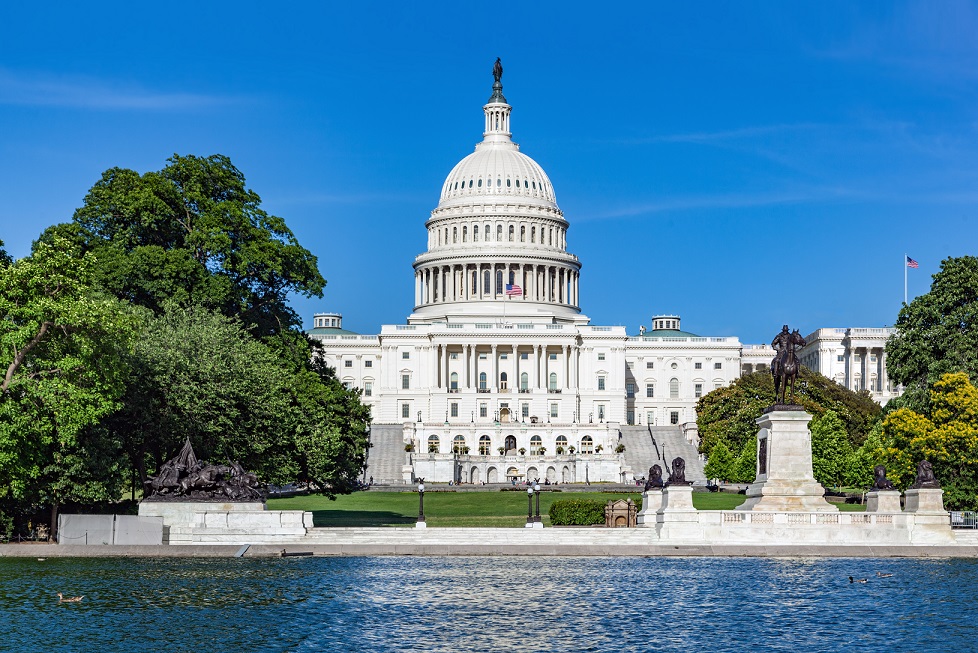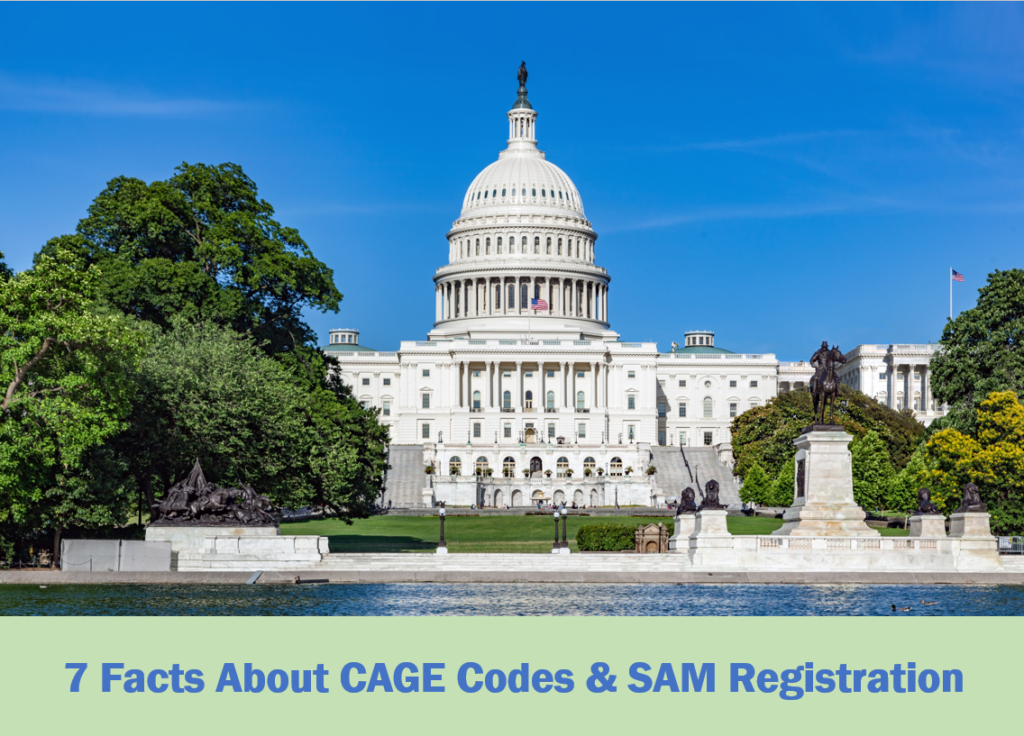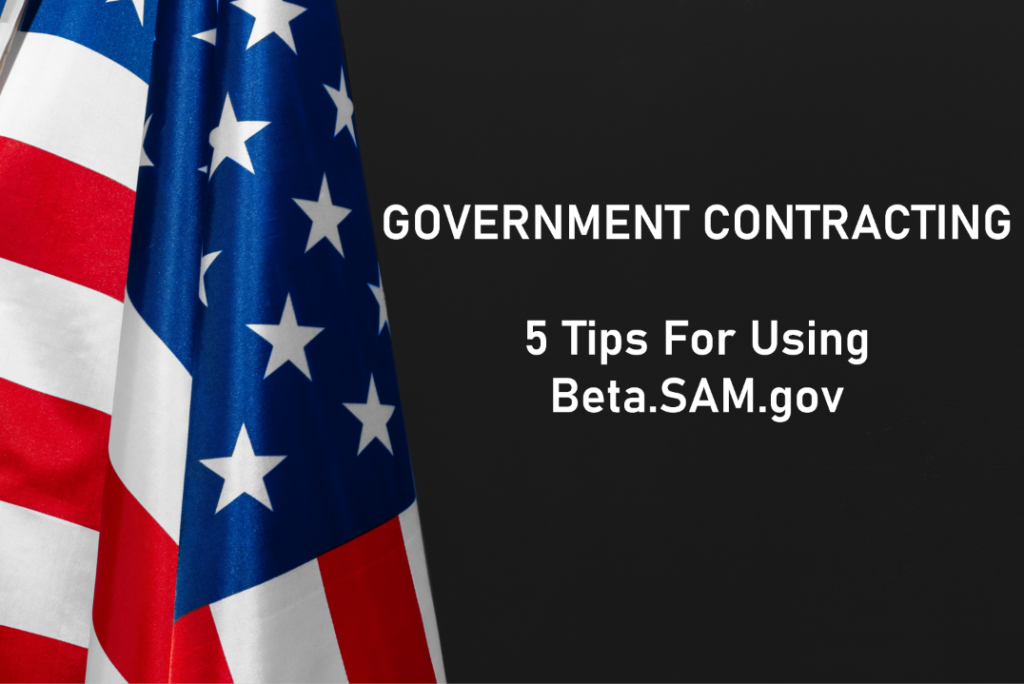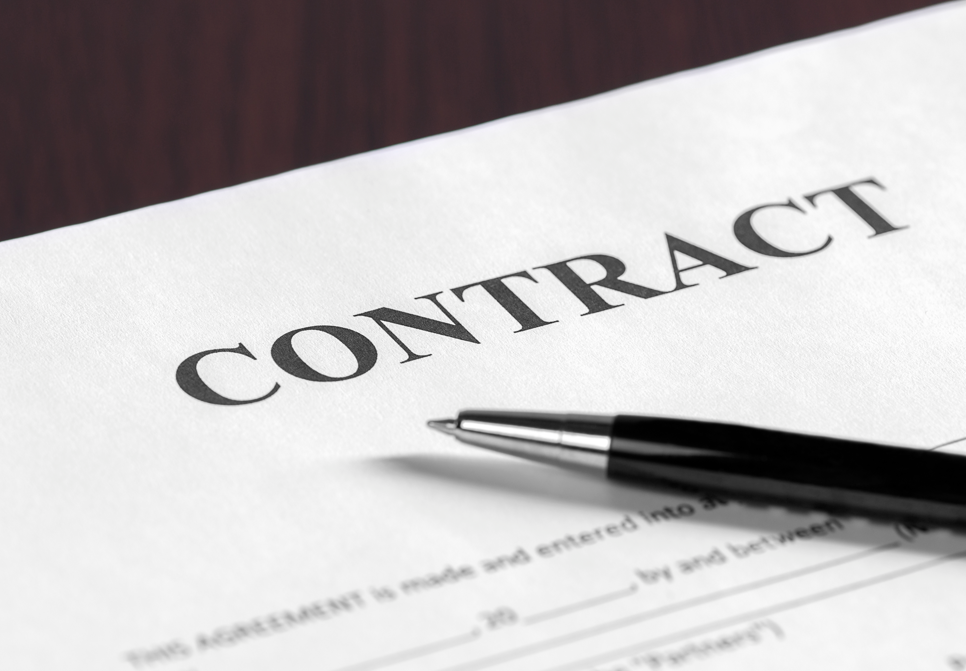
The System for Award Management is the database that includes all federal government contractors. At Federal Contractor Registry, we can provide you with fast, accurate System for Award Management registration and renewals as well as several other important contracting-related services. But first, let’s take a look at this database and some facts about government contracting.
The System For Award Management Is Fairly New
The government began listing government contracts online back in 1994 with the Central Contractor Registration database, known as CCR. In 2012, the System for Award Management (SAM) was created and the CCR was included in this database along with a few other databases, including the Excluded Parties List, which we will discuss a bit later in this article.
In order to work with any federal government agency (and most state government agencies), you must complete your System for Award Management registration, which typically is just called SAM registration. You will still sometimes read or hear about CCR.gov or CCR registration and other outdated terms such as ORCA, but everything is part of the System for Award Management presently.
SAM Registration Is Difficult
While it is free to register in the System for Award Management, SAM registration is by no means easy or quick. It can take 10 hours or more to complete the application and this online document is filled with confusing government-speak that can be difficult to decipher. For this reason, many people simply hire a third-party registration service to complete their registration.
While these companies, ourselves included, do charge a fee for SAM registration, we can take all of the guesswork out of the registration process. Our team of SAM registration experts will complete your application quickly and accurately, saving you time and the headaches associated with the SAM registration process.
It’s a bit like hiring an accountant to complete your taxes. You could complete tax forms on your own at no charge, but the tax code is complicated, and mistakes can be costly so hiring a pro just seems like a smart option. It’s just the same with SAM registration and SAM renewals, hiring an expert can be a better, easier option even if you have to pay for the service.
A Notarized Letter Is Required
For those new to the System for Award Management, you must send a notarized letter to the Federal Service Desk listing your Entity Administrator. This is simply the person authorized to make changes to your SAM registration. The Federal Service Desk (FSD) is the federal agency that manages all things regarding the System for Award Management. The FSD is managed by the General Services Administration, which is focused on procuring goods and services for all federal government agencies.
This notarized letter requirement was added a few years ago to increase security and is only required for first-time registrants and anyone with an expired SAM registration that previously has not sent in a notarized letter. If you already have an active SAM registration, it is likely that you already completed this letter and sent it in.
For those who wish to register in SAM for the first time, we can help you get started with this process as part of our SAM registration process. Essentially, you simply copy the government’s template for the letter, get it notarized and send it in. It can be a hassle, but the process is relatively simple, and it is a requirement for first-time SAM registrants.
The Unique Entity Identifier Has Been Added
In the recent past and for many years, Dun & Bradstreet’s Data Universal Numbering System (DUNS) was part of the SAM registration process. When you registered with the System for Award Management, a company was required to include their DUNS number on the application.
However, this recently changed, and the government now issues what is known as a Unique Entity Identifier, also known as a Unique Entity ID. This was supposed to go into effect several years ago, but the process was delayed by the pandemic. At any rate, the Unique Entity ID has now replaced DUNS, so to complete your SAM registration, you will need to obtain this identifier.
The good news is that if you hire us for SAM registration, we can complete this process for you and save you the hassle. You don’t have to be a government contractor or listed in the System for Award Management to attain the identifier and any business can go to GSA.gov to learn more about signing up for the Unique Entity Identifier.
For those who already have an active SAM registration or even an expired SAM registration, the government already updated your listing and assigned you a Unique Entity ID. But anyone new to the System for Award Management will need to take the steps to get their ID and, as stated before, we can do this for you at no extra charge if you hire us for SAM registration.
The Excluded Parties List
You might have heard about System for Award Management exclusions, so let’s talk about that for a bit. While an inactive SAM registration prohibits you from working with any federal government agency, this is easily rectified by completing your SAM renewal. If you end up on the Excluded Parties List, however, this can keep you from bidding on any contracts even if your SAM registration is active.
The Excluded Parties List (EPL) is a list of contractors or individuals that are, as it states on SAM.gov, “parties excluded from receiving Federal contracts, certain subcontracts, and certain types of Federal financial and non Financial assistance and benefits.”
In general, this isn’t something most business owners should worry about, but if you or your company does owe money to the government, such as back taxes, or if you have been convicted of tax fraud, this can end you up on the list. Likewise, if a government procurement agent or representative of an agency accuses you or a representative of your company of unethical behavior, this also can get you on the list.
In other cases, your business practices may not align with government regulations. In these cases, you might be able to alter your business practices so that they do align and then appeal to the government to remove you from the list.
Most companies will never end up on this list, but if you do, it can be time-consuming and a difficult process to get off of the Excluded Parties List so it’s best to read over each government contract carefully to ensure that your business aligns with all government requirements and regulations.
Finding Government Contracting Jobs
There are private companies that can help match you to government contracting jobs, and while this is an extra expense, it can be a good option for those new to government contracting. If you prefer to find contracting opportunities on your own, you can go to SAM.gov and search for active contracts. The SAM database includes information on all active and inactive government contracts, and you can search by location, by agency, using NAICS codes or several other ways.
For small businesses, the Small Business Administration also offers helpful information about government contracting jobs and this agency runs SubNet, which is its Subcontracting Network System. Subcontracting (working for a prime contractor) can be a great way for a small business to get started with government contracting, and you can search for subcontracting opportunities at https://eweb1.sba.gov/subnet/client/dsp_Landing.cfm.
The SBA also offers several programs to help small businesses thrive, and all federal agencies set aside a portion of contracting dollars just for small businesses. If you own a small business and are interested in any SBA programs, such as 8a certification or signing up for the Woman-Owned Small Business program or Service-Disabled Veteran-Owned Business program or just signing up with SBA in general we can help as part of our SAM registration services.
Sign Up For The System For Award Management Today!
The government issues thousands of government contracts every year worth billions of dollars, and government contracting jobs can be lucrative for businesses of all sizes and types. Whether you want to bid on disaster relief jobs for FEMA, on DOD contracts or on contracts with any agency, it all starts with SAM registration.
If you want to sign up with the System for Award Management, we can help. To get started, just click on the green New Registration tab on our website and fill out our quick contact form. One of our registration specialists will be in touch as soon as possible to gather your information and get started on your SAM registration.





